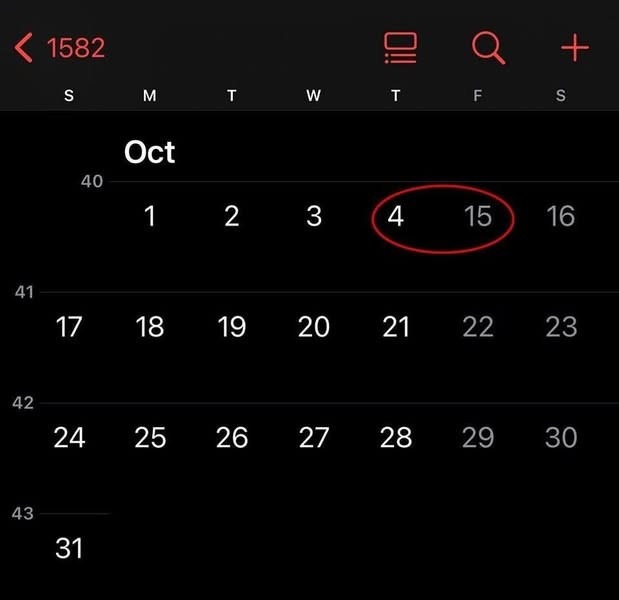
Recently, a user of social network X/Twitter sat down and pulled the calendar back to 1582 and discovered that October of that year was missing 10 days. This person announced his discovery, causing the online community to show off their humorous reasoning skills.
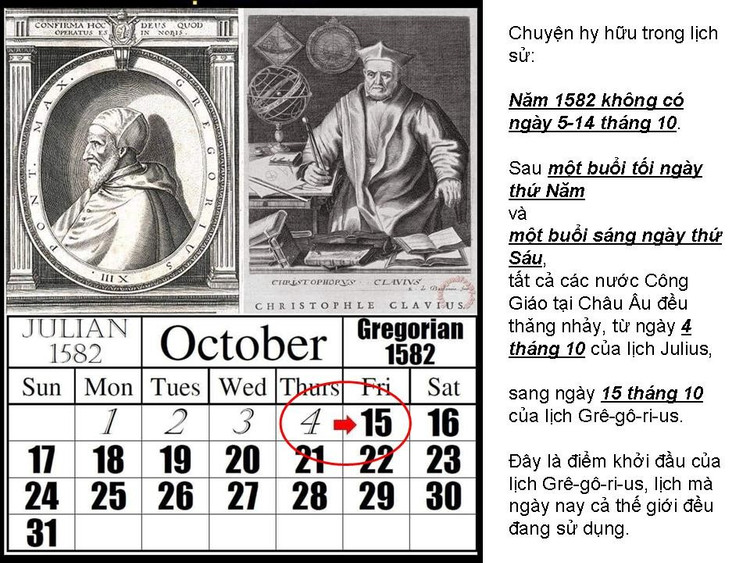
Some people think that "the server is probably under maintenance", others come up with conspiracy theories about "time being stolen" by dark forces because shocking events happened during that time, etc. But through this, everyone has a chance to review the historical story behind that cause.
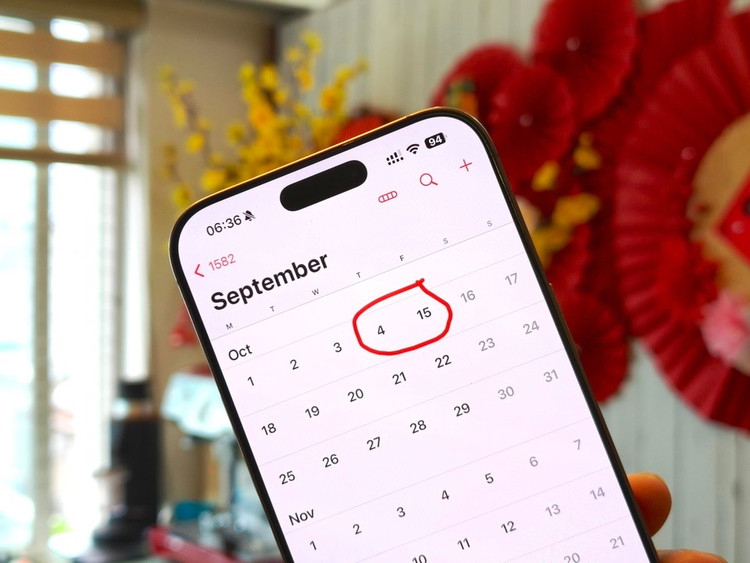
If you go into your smartphone calendar app or go back in time to 1582, you will see that October is missing 10 days. Right after Thursday, October 4th is Friday, October 15th, 1582. This is not a programming error or someone is playing a prank, these 10 days do not exist in the calendar at all. The reason lies in the change in the way people count days, months, and years in the 16th century.

At that time, Pope Gregory XIII presided over the Catholic Church, issued the decree "Inter gravissimas", officially promulgating the Gregorian calendar. Before that, the whole of Europe was still using the Julian calendar, established in 46 BC, under the instructions of Supreme Commander Julius Caesar.

These two calendars are quite similar. Both are solar calendars, consisting of 12 months with the number of days ranging from 28 to 31. The total number of days in a year is usually 365, and in certain years there is an extra leap day in February.
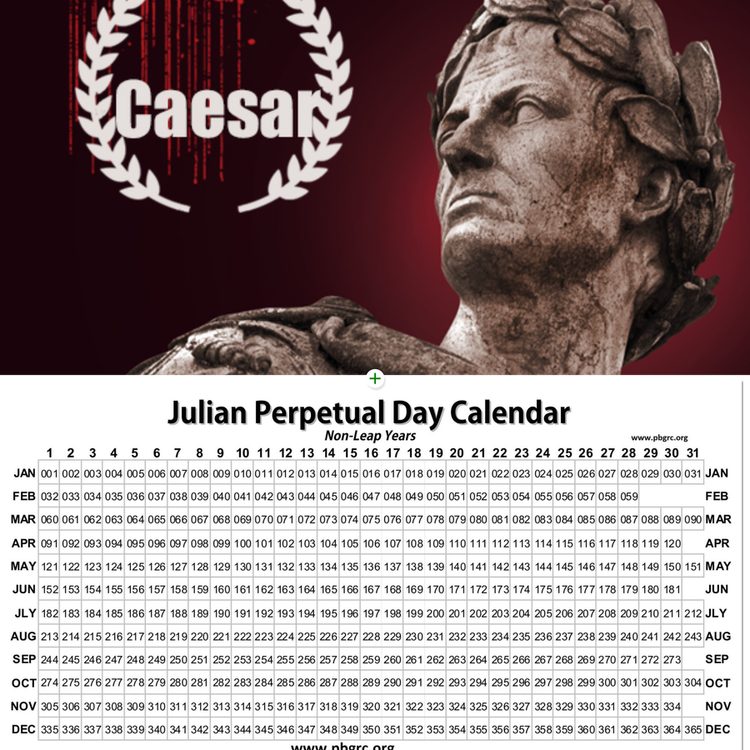
The main difference lies in how leap years are determined. The Julian calendar adds a day every four years, as does the Gregorian calendar, with the added condition that the year must be divisible by both 100 and 400. For example, the years 1900 and 2100 are divisible by 4 and 100, but not by 400, so they are not leap years.
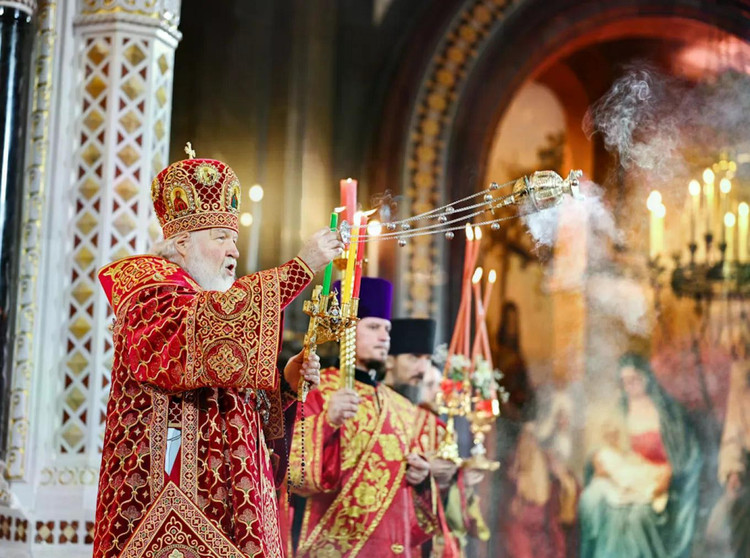
To put it simply, the Julian calendar counts each year as 365.25 days (1 leap day per year). However, the actual solar year (the time it takes for the Earth to orbit the Sun) is only about 365.2422 days long. This difference (about 11 minutes per year) results in the Julian calendar being off by 1 day every 128 years compared to the solar cycle. While this may seem small, it is a big problem for the Catholic Church because it seriously disrupts the timing of Easter.

The Church decreed that Easter should be celebrated on the first Sunday after the first full moon after the vernal equinox, which was March 21. By the 16th century, this phenomenon had accumulated to the point that the vernal equinox fell on March 11, making the calendar for the holiday inaccurate.
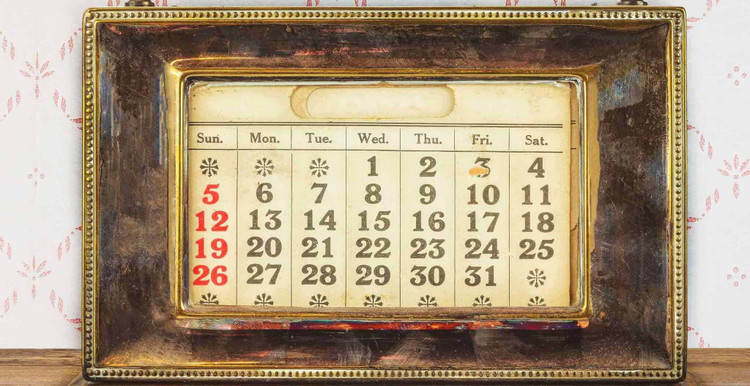
Therefore, Pope Gregory XIII introduced the Gregorian calendar. In order to adjust the new calendar to the actual movement of the Sun, it was necessary to remove 10 days, the number of days that had accumulated due to errors in the Julian calendar.
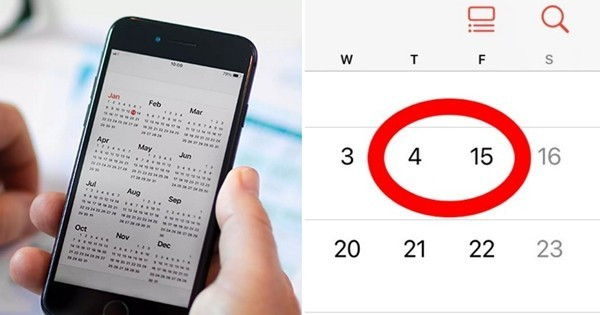
October was chosen as the month to drop these days because it doesn’t coincide with any major events in the Christian calendar. After the Feast of St. Francis of Assisi on October 4, the switch to the Gregorian calendar takes place, and the world jumps straight to October 15. As a result, most calendars that look back to 1582 will skip this period, including online calendars on iPhones.
Source: https://khoahocdoisong.vn/bat-ngo-ly-do-lich-tren-dien-thoai-thieu-han-10-ngay-post1543716.html





































































































Comment (0)